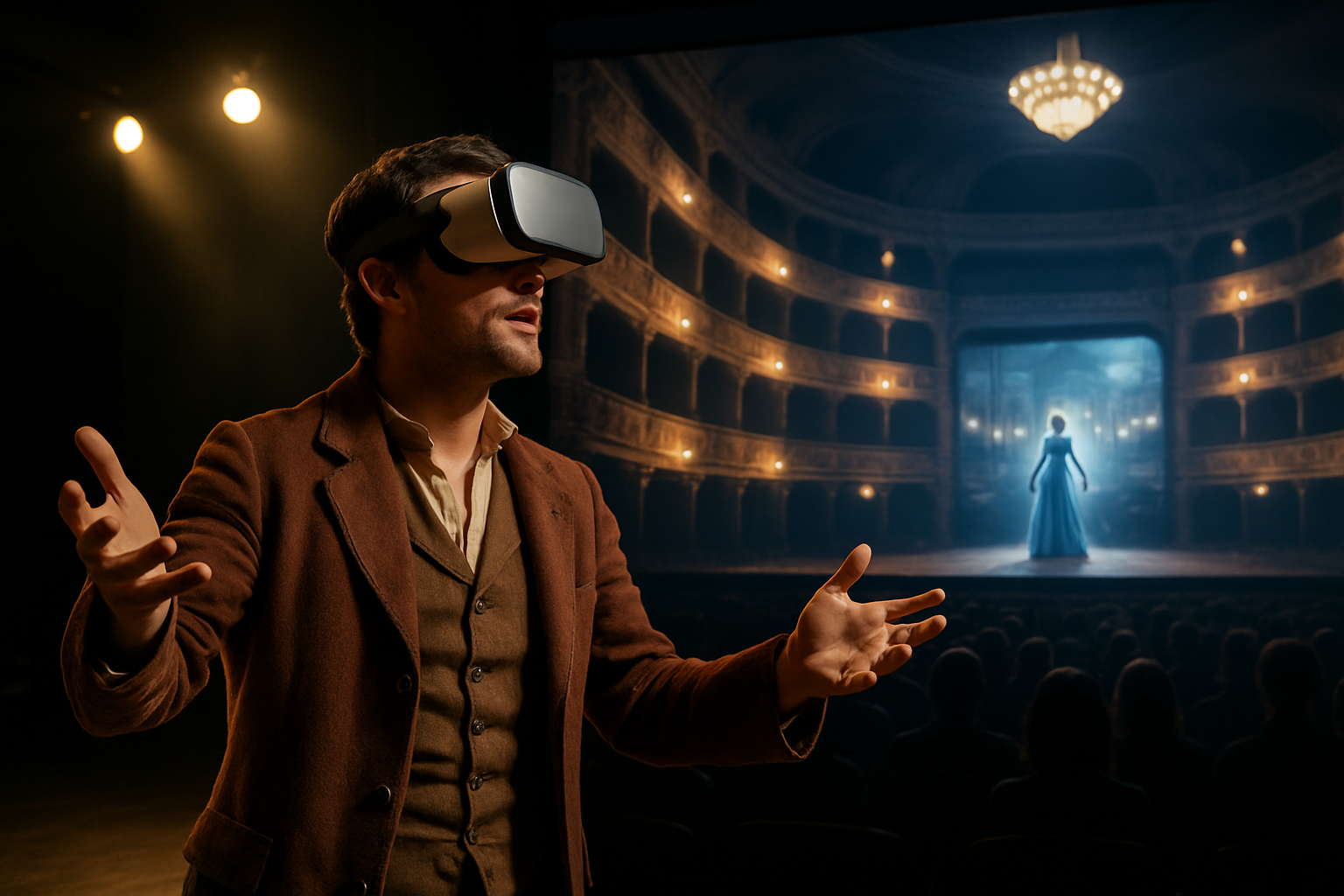The Enigmatic World of Holographic Opera
In an era where technology continues to push the boundaries of artistic expression, holographic opera emerges as a groundbreaking fusion of classical performance and cutting-edge visual wizardry. This innovative art form transforms traditional operatic productions into immersive, three-dimensional spectacles, captivating audiences with its blend of timeless musical artistry and futuristic illusions. As holographic opera gains traction in prestigious venues worldwide, it challenges our perceptions of live performance and opens up new realms of creative possibility in the world of musical theater.

The Technical Marvels Behind the Magic
At the heart of holographic opera lies a complex interplay of cutting-edge technologies. High-powered laser projectors, advanced motion capture systems, and sophisticated computer-generated imagery come together to create the illusion of three-dimensional figures and landscapes on stage. These elements are meticulously synchronized with live performers and orchestra, requiring a new level of precision in both technical execution and artistic direction.
Reimagining Classic Operas
Holographic technology has breathed new life into beloved operatic works, allowing directors to reimagine iconic scenes with unprecedented visual flair. Wagner’s Ring Cycle, for instance, has been transformed into a truly epic spectacle, with Valkyries soaring through virtual skies and dragons materializing in stunning detail. Meanwhile, Mozart’s The Magic Flute has found new enchantment through holographic fauna and flora that respond dynamically to the music and performers.
Challenges and Controversies
Despite its awe-inspiring potential, holographic opera has not been without its critics. Purists argue that the technology detracts from the raw power of unaided vocal performance, while others express concern over the potential for holographic elements to overshadow the human artistry at the core of opera. Additionally, the high costs associated with implementing these advanced systems have raised questions about accessibility and the future of smaller opera companies.
The Future of Holographic Opera
As technology continues to advance, the possibilities for holographic opera seem boundless. Emerging developments in augmented reality promise to blur the lines between virtual and physical space even further, potentially allowing audience members to experience operas from within the action itself. Moreover, the potential for remote performances, where holographic projections of singers could appear in multiple venues simultaneously, opens up exciting new avenues for global artistic collaboration.
A New Era of Artistic Collaboration
Holographic opera has fostered unprecedented collaboration between traditional opera professionals and experts from the worlds of technology and visual effects. This cross-pollination of ideas has led to innovative approaches in stage design, costume creation, and even vocal techniques tailored to holographic performances. As a result, a new generation of multidisciplinary artists is emerging, equipped with the skills to navigate both the classical and digital realms of operatic production.
Educational Opportunities and Outreach
The advent of holographic opera has also presented unique educational opportunities. Many opera companies and educational institutions are now incorporating holographic technology into their training programs, preparing young artists for the evolving landscape of performance. Additionally, the visually striking nature of holographic productions has proven effective in attracting younger audiences to opera, potentially securing the art form’s relevance for future generations.
Ethical Considerations in Digital Performance
As holographic technology becomes more sophisticated, it raises intriguing ethical questions about the nature of performance and artistic authenticity. The ability to create lifelike digital replicas of performers, both living and deceased, has sparked debates about intellectual property rights and the preservation of artistic legacies. Opera companies and legal experts are grappling with these issues, working to establish guidelines that respect artistic integrity while embracing technological innovation.
Global Impact and Cultural Exchange
Holographic opera has the potential to transcend geographical and cultural barriers, facilitating unprecedented levels of artistic exchange. Productions can now incorporate elements from diverse cultural traditions, creating rich, hybridized performances that speak to global audiences. This cross-cultural pollination not only enriches the art form but also promotes international understanding and appreciation for different operatic traditions.
In conclusion, holographic opera stands at the forefront of a technological revolution in the performing arts. By seamlessly blending centuries-old musical traditions with cutting-edge visual technology, it offers a glimpse into the future of artistic expression. As this innovative medium continues to evolve, it promises to push the boundaries of creativity, challenge our perceptions of live performance, and inspire a new generation of artists and audiences alike. The enigmatic world of holographic opera is not just a fleeting spectacle; it is a bold reimagining of an enduring art form, poised to shape the cultural landscape for years to come.





